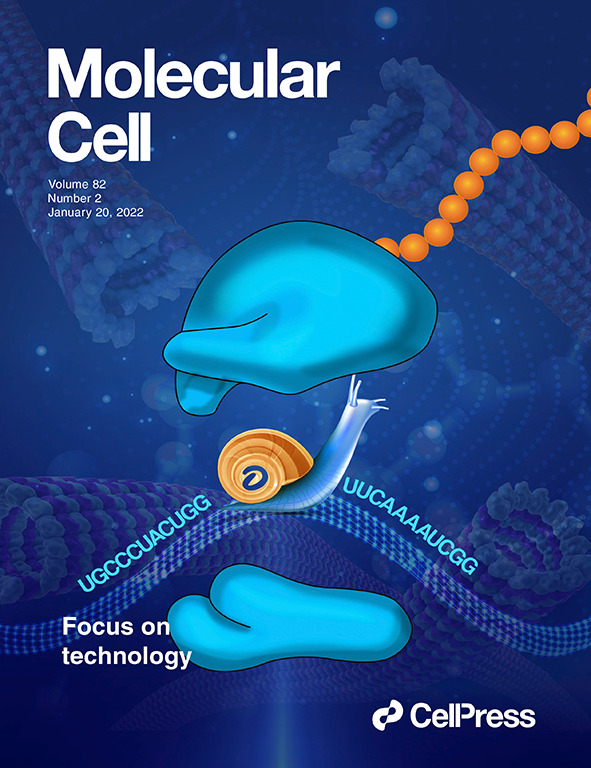金属蛋白人工智能预测建模研究进展及未来挑战。
IF 6.5
3区 生物学
Q2 BIOCHEMISTRY & MOLECULAR BIOLOGY
引用次数: 0
摘要
金属配位对于金属蛋白的结构/催化功能至关重要,金属蛋白介导了生物体中广泛的生物过程。生物信息学的进步极大地提高了我们对金属结合位点及其在金属蛋白中的功能作用的认识。为金属结合位点开发的最先进的计算模型无缝地集成了蛋白质序列和结构数据,以揭示金属配位环境的复杂性。我们在这篇小型综述中的目标是对这些工具进行概述,并强调当前在金属结合位点预测模型中存在的挑战(预测动态金属结合位点,确定功能金属化态,设计复杂的配位网络)。解决这些挑战不仅将加深我们对天然金属蛋白的认识,而且还将加速具有新颖和精确工程功能的人造金属蛋白的开发。本文章由计算机程序翻译,如有差异,请以英文原文为准。
Recent advances and future challenges in predictive modeling of metalloproteins by artificial intelligence
Metal coordination is essential for structural/catalytic functions of metalloproteins that mediate a wide range of biological processes in living organisms. Advances in bioinformatics have significantly enhanced our understanding of metal-binding sites and their functional roles in metalloproteins. State-of-the-art computational models developed for metal-binding sites seamlessly integrate protein sequence and structural data to unravel the complexities of metal coordination environments. Our goal in this mini-review is to give an overview of these tools and highlight the current challenges (predicting dynamic metal-binding sites, determining functional metalation states, and designing intricate coordination networks) remaining in the predictive models of metal-binding sites. Addressing these challenges will not only deepen our knowledge of natural metalloproteins but also accelerate the development of artificial metalloproteins with novel and precisely engineered functionalities.
求助全文
通过发布文献求助,成功后即可免费获取论文全文。
去求助
来源期刊

Molecules and Cells
生物-生化与分子生物学
CiteScore
6.60
自引率
10.50%
发文量
83
审稿时长
2.3 months
期刊介绍:
Molecules and Cells is an international on-line open-access journal devoted to the advancement and dissemination of fundamental knowledge in molecular and cellular biology. It was launched in 1990 and ISO abbreviation is "Mol. Cells". Reports on a broad range of topics of general interest to molecular and cell biologists are published. It is published on the last day of each month by the Korean Society for Molecular and Cellular Biology.
 求助内容:
求助内容: 应助结果提醒方式:
应助结果提醒方式:


